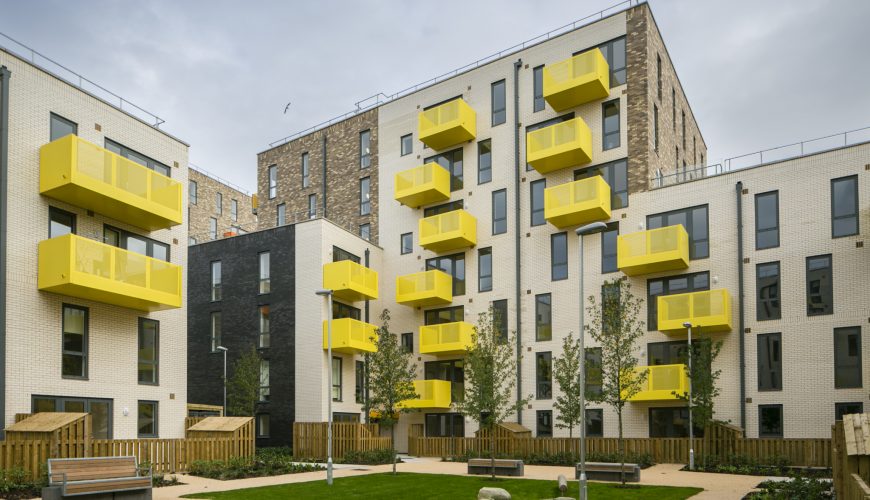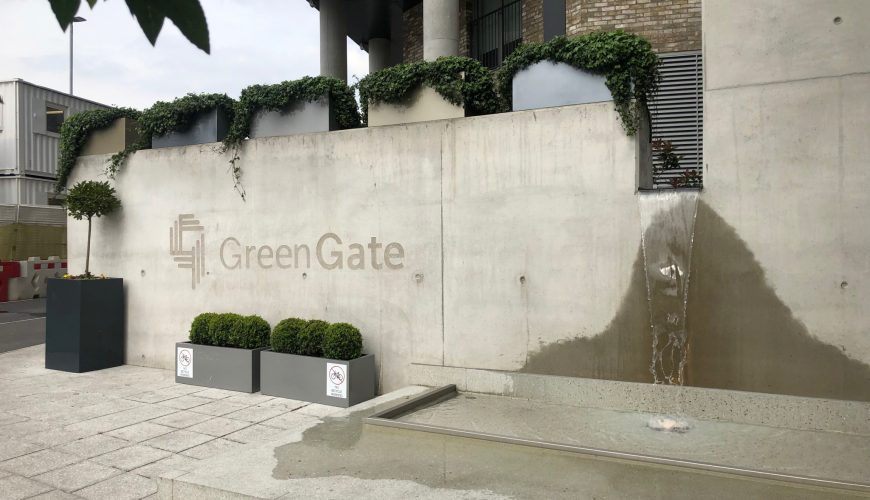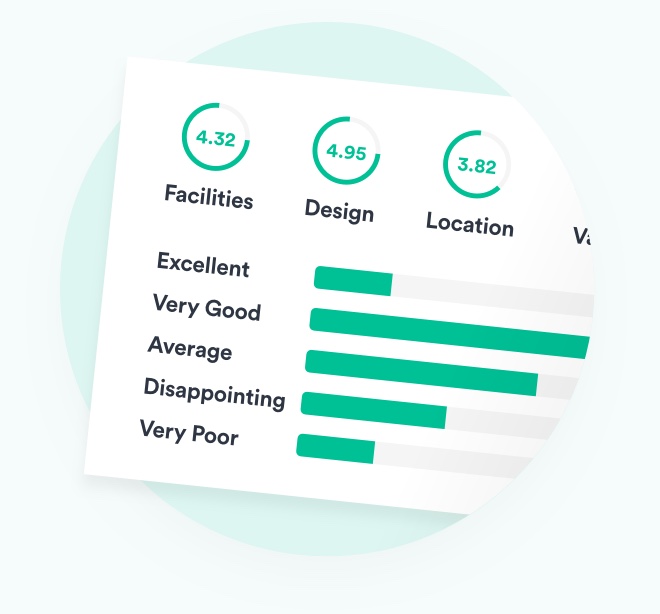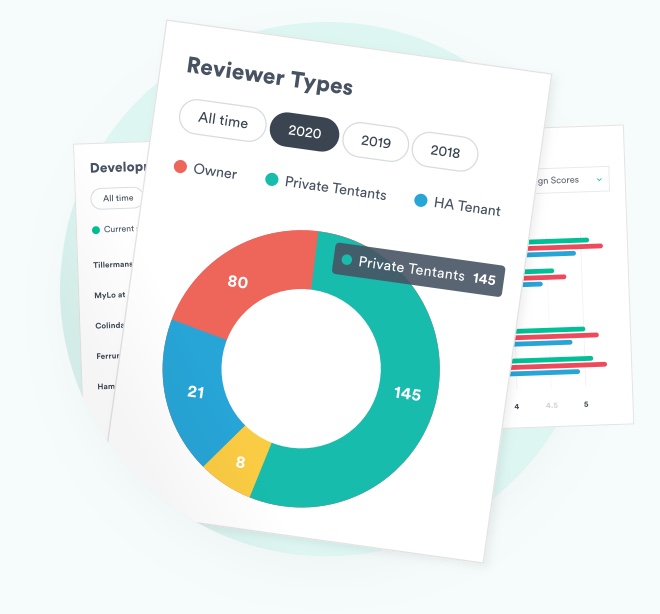Whether you’re buying or selling a property, it feels great to have an accepted offer all sorted. Now, the property is no longer ‘under offer’; it’s SSTC. But what does ‘sold subject to contract’ (STC) mean? What legal status does it provide, and does that mean the deal is done and dusted? Read on to find out.
FAQs
What does Sold Subject to Contract (SSTC) mean?
Sold Subject to Contract (STC, or SSTC) simply means that a property seller has accepted the offer of a buyer. They have ‘sold’ their property in principle by agreeing a price with the buyer. However, the property isn’t technically sold yet, because the contract still needs to be signed and exchanged.
Does sold STC mean it’s sold?
In the UK, until contracts are exchanged, any agreement to sell or purchase property is not legally binding. This is why it is called ‘sold subject to contract’, or SSTC. Put simply, sold STC means that the agreement is in place between the two parties, but the contract is what gives it legal status.

What is the difference between ‘sold STC’ and ‘under offer’?
The difference between ‘sold STC’ and ‘under offer’ is basically one of the seriousness of intent. If a property is described as being ‘under offer’, that means the owner is considering an offer made by a potential buyer. If it is ‘sold STC’, then the owner has accepted an offer to sell the property.
In both cases, there is no legally binding contract in place yet. Therefore, the property has not legally been sold. The current legal owner still owns it.
How long does sold STC take to complete?
There is no set time for moving between ‘sold STC’ and actually completing the sale by exchanging contracts. However, once an offer has been accepted, both parties usually want to move forward as quickly as possible.
The average time it takes to complete a property sale in the UK is currently around 3 months. This is according to analysis from March 2024.
Can you still view a house that is sold STC?
You can view a property even if it is SSTC. There is no legal obligation for the seller to take the property off the market until contracts have been exchanged.
However, most buyers will be reluctant to view a property that is currently listed as sold STC. This is a strong indication that the house will be sold, so unless the new buyer really wants to compete via gazumping (see below), they are unlikely to investigate further.

Can a seller back out of an accepted offer?
In England, sellers can legally back out of an accepted offer at any time before the contracts are signed. The rules are slightly different in Scotland, where financial penalties may apply for backing out of such agreements.
Can a buyer back out once an offer has been accepted?
Just like the seller, the buyer can pull out of the transaction, even after reaching the SSTC stage of proceedings. If you’ve agreed to buy a house and the searches and surveys show something that raises alarm bells, or your financial situation changes, you can still back out of the purchase at this stage.
Can STC fall through?
An SSTC agreement can fall through, and they frequently do. The buyer may fail to be accepted for a mortgage. The seller may get cold feet or even accept a higher offer from another party. The conveyancing process may turn up some unexpected problems, causing the buyer to back out.
In short, sold STC is no guarantee that the sale of the property will be completed. It is a firm indication that the sale will happen, but not an iron-clad promise.
Can you make an offer on a sold STC property?
There’s nothing to legally stop you viewing or making an offer for a property that’s already sold STC. If you make an attractive enough offer, you may be able to sway the seller to accept your offer.
However, sellers might be reluctant to entertain offers on their property once they’ve accepted a firm offer. Switching to a new, higher offer can seem risky once you’re already in the process of selling the property to someone else.

What happens after sold STC?
After the seller has accepted an offer from a buyer, the property becomes sold STC. Now, the conveyancing process can begin. This is where both sides use solicitors and potentially other service providers to uncover all the necessary details about the property, before finalising the contract and arranging for it to be signed if everyone is happy to move forward.
As mentioned, this can be a lengthy process. Allow around 12 weeks to go from ‘sold STC’ to actually selling the property.
Read more
If you are looking to buy or sell a home, check out our other guides that detail the key processes from start to finish. From getting a mortgage, to making a successful offer, conveyancing and completing the sale, we’ve got you covered.
HomeViews is the only independent review platform for residential developments in the UK. Prospective buyers and tenants use it to make an informed decision on where to live based on insights from carefully verified resident reviews. Part of Righmove since February 2024, we’re working with developers, house builders, operators, housing associations and the Government to give residents a voice, recognise high performers and to help improve standards across the industry.



















